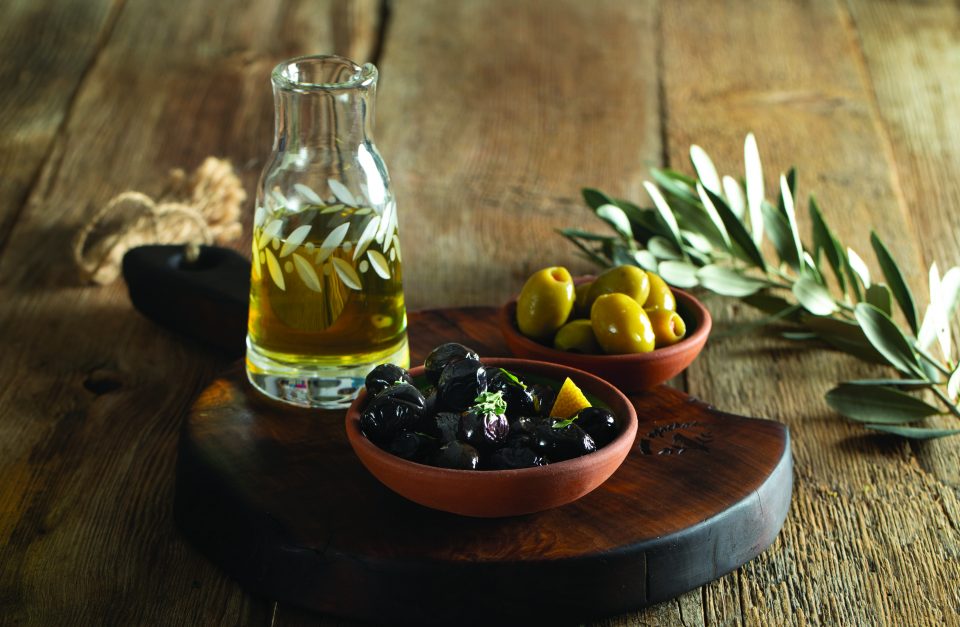In recent years, evolving traveller expectations have reshaped global tourism trends. Today, holidays are most meaningful when they combine unique experiences with immersion in local culture. According to the European Travel Commission’s (ETC) “Monitoring Sentiment for Intra-European Travel” report (Wave 23), 60% of European travellers plan to stay in a single destination over the coming months rather than move between regions, reflecting a growing preference for deeper local immersion.
When it comes to cultural immersion, Türkiye offers experiences that bring visitors closer to local traditions, communities, and ways of life. One of the most authentic ways to engage with local life in Türkiye is by joining the seasonal harvests across the country — and the olive harvest, particularly in the Aegean region, stands out as the most distinctive activity from October to January. Supported by a Mediterranean climate and a deep-rooted olive-growing tradition, Türkiye is among the world’s key olive producers. As the weather cools, communities begin the annual harvest, collecting olives and transporting them to local mills to be pressed into the region’s renowned olive oil. For visitors, this period offers a valuable opportunity to witness or take part in a long-standing cultural practice.
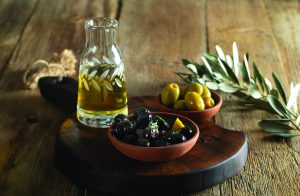
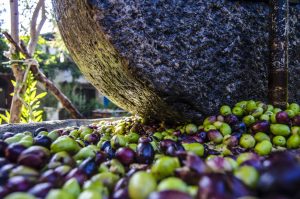
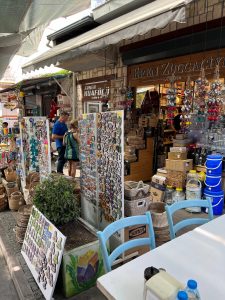

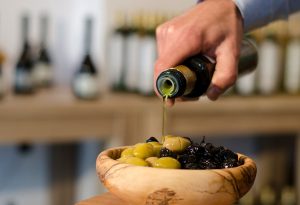
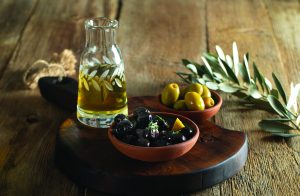
Aegean: The Heart of Türkiye’s Olive Tradition
The olive tree holds a central place in Anatolia’s deep-rooted culture and is even rumoured to have originated here. From the Aegean and Marmara to the Mediterranean and the Southeastern regions, olives are cultivated across the whole country today. With its extensive olive groves, Türkiye ranks among the top five producers of olives and olive oil in the world. The country is also included in the Council of Europe’s olive routes, producing between 50 and 80 olive varieties.
The Aegean coast is the heart of this legacy, hosting 75% of the country’s olive trees. Here, olives are not just a livelihood but a way of life. From Çanakkale to Balıkesir, Manisa to İzmir, and Aydın to Muğla, ancient trees reflect centuries of tradition and heritage. And when the harvest season begins, the region becomes livelier. The harvest is a communal event, with families working together to produce olive oil for the year ahead. Visitors can explore the sun-dappled groves, take part in the harvest, and experience the region’s vibrant celebrations firsthand.
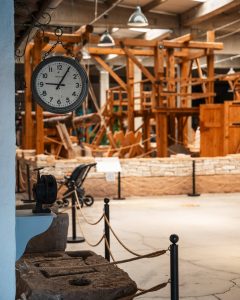

A Turkish Ritual: From Olive Trees to Tables
Olives also shape Aegean cuisine, from breakfast tables to “zeytinyağlılar” — dishes prepared with olive oil. As late summer brings olives to the perfect ripeness, the harvest begins, and locals either pick them by hand or use machines. Deeply connected to their land and ancient olive trees, the Aegeans generally prefer to pick each olive individually, as this method ensures the highest-quality virgin olive oil. Guests can stroll through the olive groves and participate in the harvest for a truly unique Aegean experience. After the harvest, the olives are transported to local factories, where they are pressed into delicious oil.
To experience the harvest firsthand and celebrate the spirit of the Aegean lands, the best trail is the Route of the Olive Tree. You can begin the route by exploring Mount Ida, an important olive-growing area, and then make a short visit to the Adatepe Olive Oil Museum in Çanakkale. This is Türkiye’s first olive oil museum, and it is perfect for witnessing the journey of the olive. As you move further inland, you will reach another key olive and olive oil destination: Ayvalık in Balıkesir. The district has proven its expertise with its geographically indicated olive oil, and its cuisine, infused with this olive oil, is an absolute must-try.
Following the Essence of Olives
Following the path of the olive tree, your next stop will be Manisa, where you can visit the 1,650-year-old monumental Kırkağaç olive tree, one of the oldest fruit-bearing olives still alive today. You can continue to İzmir, the vibrant city known for its high quality of life and explore its charming towns along the Route of the Olive Tree, including Çeşme, Urla, Seferihisar, Güzelbahçe, Menderes, and Selçuk. Urla offers a unique glimpse into the history of olives, from ancient Klazomenai — one of the world’s oldest olive oil production sites dating to the 6th century BCE — to the Köstem Olive Oil Museum, which traces 4,000 years of cultivation. You can savour dishes prepared with the region’s exceptional olive oil at MICHELIN-starred restaurants, accompanied by local wines. Remember, Urla is also renowned for its vineyards!
Download link for images: https://docs.tga.gov.tr/7rnj7ati

